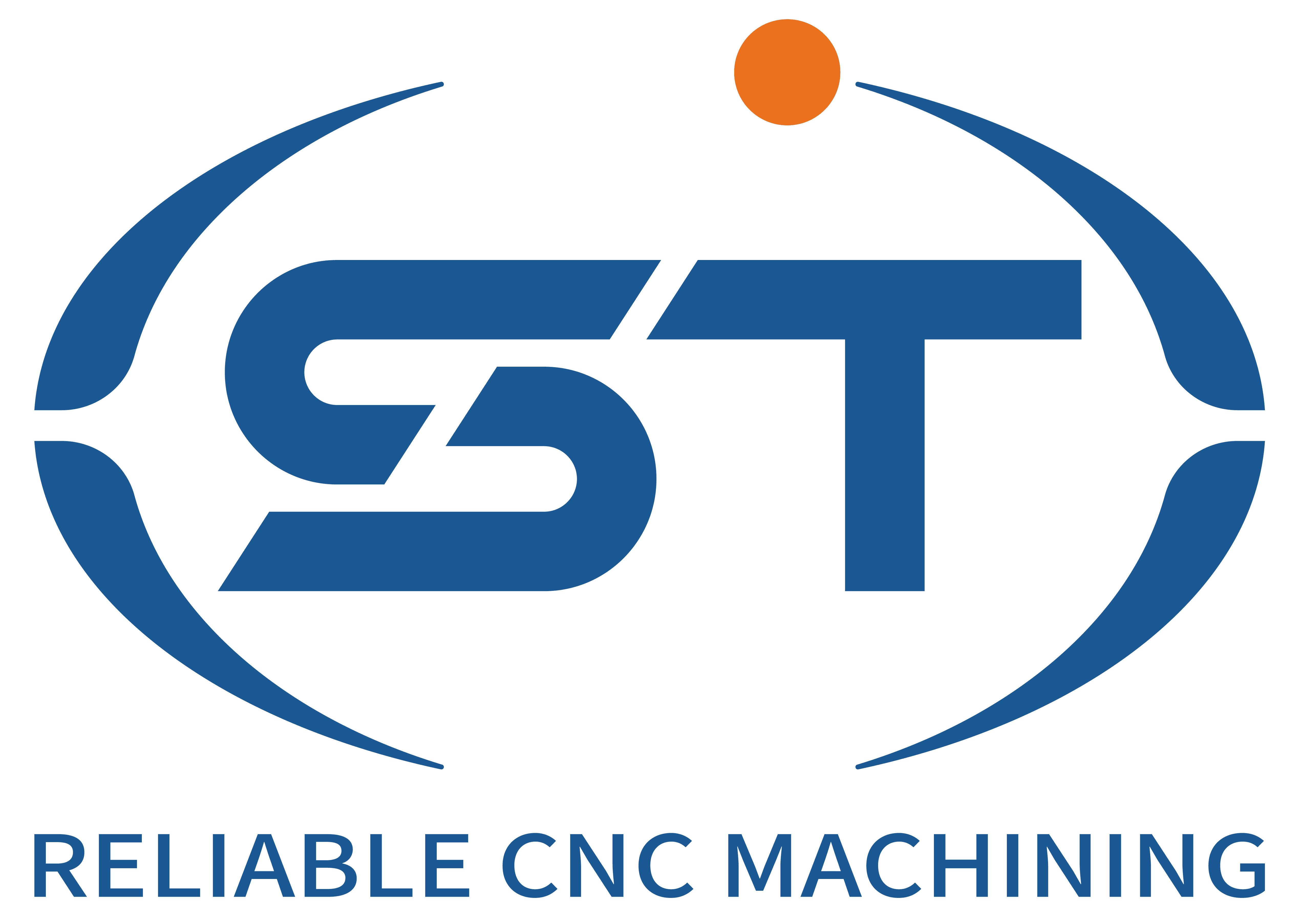Safety Protocols for Faites une demande maintenant ! in Automotive Component Manufacturing
Ensuring worker safety in CNC machining operations for automotive parts is critical to preventing accidents, maintaining productivity, and complying with occupational health standards. The high-speed cutting, automated tool movements, and handling of metal components in environments producing engine blocks, transmission gears, or suspension parts introduce unique hazards. By implementing structured safety procedures, training employees, and maintaining equipment, manufacturers can mitigate risks associated with mechanical failures, material projections, and electrical malfunctions. Below are essential safety guidelines tailored to automotive CNC machining environments.
1. Personal Protective Equipment (PPE) and Ergonomic Practices
- Mandatory Safety Gear: Workers must wear cut-resistant gloves, safety glasses with side shields, and steel-toed boots when operating CNC machines or handling raw materials. For tasks involving coolant splashes—such as drilling cylinder heads—chemical-resistant aprons and face shields provide additional protection.
- Hearing Protection in High-Noise Zones: Machining operations like roughing aluminum engine blocks or milling steel crankshafts generate noise levels exceeding 85 decibels. Employees in these areas should use earplugs or earmuffs to prevent long-term hearing damage, with designated quiet zones for breaks.
- Ergonomic Workstation Design: Adjustable-height control panels and anti-fatigue mats reduce strain during prolonged setup or programming tasks. For example, positioning monitors at eye level for operators programming 5-axis mills minimizes neck stress, while properly spaced tool racks prevent repetitive bending injuries.
2. Machine Guarding and Emergency Response Systems
- Interlocked Enclosure Doors: CNC machines processing components like brake rotors or differential housings must have doors that automatically halt spindle movement when opened. This prevents accidental contact with rotating tools during part inspection or tool changes.
- Light Curtains and Area Scanners: Installing infrared barriers around robotic cells handling heavy parts—such as automated loading of cast iron engine blocks—stops machinery if a worker enters the hazard zone. These systems complement physical guards without obstructing visibility.
- Emergency Stop Accessibility: Clearly marked red buttons positioned within easy reach of operators must immediately cut power to spindles, coolant pumps, and conveyors. Regular testing ensures these stops function correctly, particularly on machines producing high-torque components like driveshafts.
3. Tool Handling and Maintenance Procedures
- Secure Tool Installation Protocols: Using torque wrenches to tighten collets or end mill holders prevents tool ejection during high-speed machining of parts like turbocharger housings. Operators should verify tool stability by running test cuts at reduced speeds before full production.
- Chip Management and Coolant Flow: Regularly clearing metal chips from machine beds and coolant trays avoids buildup that could interfere with part positioning or cause slips. For example, clogged coolant nozzles during milling of aluminum cylinder heads may lead to overheating and tool failure, projecting debris.
- Damaged Tool Inspection Routines: Pre-shift checks for cracks, excessive wear, or misalignment in cutting tools—such as drill bits used for fuel injector holes—prevent breakage during operation. Discard tools showing signs of fatigue, even if they appear functional, to avoid sudden failures.
4. Electrical Safety and Fire Prevention Measures
- Lockout/Tagout (LOTO) Procedures: Before performing maintenance on CNC machines—such as replacing worn ballscrews in lathes processing axles—workers must disconnect power sources and affix locks/tags to prevent accidental reactivation. This applies to both main switches and subsystems like coolant pumps.
- Grounding and Cable Management: Ensuring all electrical components, including servo drives and control panels, are properly grounded reduces shock risks in humid environments common in metalworking facilities. Securely routing cables away from moving parts—like the gantry of a milling machine—prevents abrasion and short circuits.
- Fire Extinguisher Placement and Training: Class D fire extinguishers for metal fires should be positioned near machining areas handling flammable materials like magnesium alloys for lightweight engine components. Workers must undergo annual training on selecting and using the correct extinguisher type.
5. Material Handling and Workpiece Securement
- Proper Lifting Techniques for Heavy Parts: Using mechanical aids like cranes or forklifts to move engine blocks or transmission cases prevents musculoskeletal injuries. When manual lifting is unavoidable, teams of two should distribute weight evenly and avoid twisting motions.
- Secure Workholding Devices: Verifying that vises, chucks, or fixtures are tightly clamped before starting machining—especially for irregularly shaped parts like steering knuckles—prevents workpiece ejection. Double-checking clamping pressure reduces the risk of catastrophic failures during high-feed operations.
- Deburring Station Safety: Designating separate areas for manual deburring of machined edges on parts like brake calipers ensures chips and sharp tools are contained. Ventilation systems in these zones remove airborne metal particles generated during grinding or filing.
By integrating these safety protocols into daily operations, automotive CNC machining facilities can create a culture of risk awareness and injury prevention. Regular audits, employee feedback mechanisms, and updates to procedures based on incident trends further strengthen safety performance, ensuring compliance with evolving industry standards and regulatory requirements.




